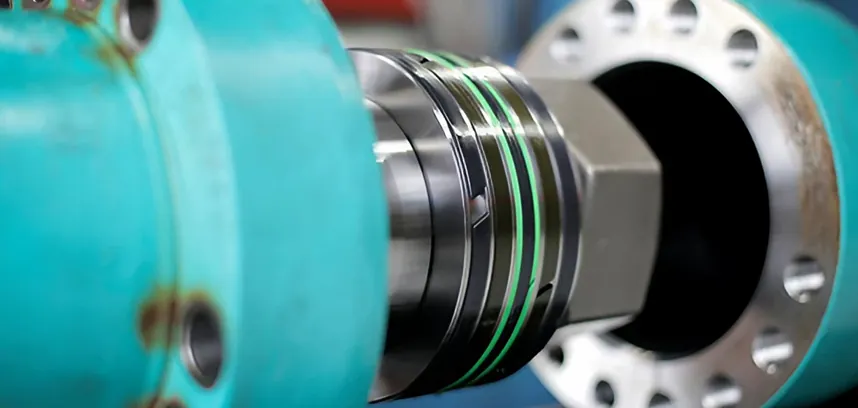Secrets to Cleaning Hydraulic Oil Tanks
Introduction
Hydraulic reservoirs are an essential part of any Hydraulic System. They store the hydraulic fluid used to power the system's components.
Over time, the reservoir can become contaminated with dirt, debris, and other contaminants. This contamination can lead to several problems, including:
Reduced efficiency
Increased wear
Premature failure of components
For these reasons, it is important to clean the hydraulic reservoir regularly.
Why Clean a Hydraulic Reservoir?
There are several reasons why it is important to clean a hydraulic reservoir. These include:
To improve efficiency
Contamination can reduce the efficiency of a hydraulic system by increasing friction and heat.
Cleaning the reservoir can help to remove this contamination and improve efficiency.
To reduce wear
Contamination can also increase wear on Hydraulic Components.
This is because it can act as an abrasive and cause components to grind against each other.
Cleaning the reservoir can help to reduce this wear and extend the life of the components.
To prevent premature failure
In some cases, contamination can even lead to premature failure of hydraulic components.
This is because it can cLog filters and restrict the flow of hydraulic fluid.
Cleaning the reservoir can help to prevent this premature failure.

How to Clean a Hydraulic Reservoir
There are several different methods that can be used to clean a hydraulic reservoir.
The best method for a particular application will depend on the size and complexity of the reservoir,
as well as the type of contamination that is present.
One common method for cleaning a hydraulic reservoir is to use a cleaning solution.
This solution is typically a mixture of water and detergent.
The reservoir is drained, and the cleaning solution is pumped through the system.
The system is then operated for some time to allow the cleaning solution to work.
Finally, the system is drained and refilled with fresh hydraulic fluid.
Another method for cleaning a hydraulic reservoir is to use a flushing machine.
A flushing machine is a device that uses pressurized fluid to clean the reservoir.
The reservoir is drained, and the flushing machine is connected to the system.
The flushing machine then pumps pressurized fluid through the system.
This process can be effective in removing even the most stubborn contaminants.
Regardless of the method that is used, it is important to follow the manufacturer's instructions carefully.
This will help to ensure that the reservoir is cleaned properly and that no damage is done to the system.
Cleaning Steps
The following steps can be used to clean a hydraulic reservoir:
Drain the system:This can be done by opening the drain valves on the reservoir.
Remove the reservoir from the system:This may require the use of a hoist or crane.
Clean the exterior of the reservoir:This can be done using a mild detergent and water.
Inspect the interior of the reservoir:Look for any signs of damage or corrosion.
Clean the interior of the reservoir:This can be done using a cleaning solution or a flushing machine.
Reinstall the reservoir
Refill the system with fresh hydraulic fluid
System Stability Test
Once the reservoir has been cleaned, it is important to perform a system stability test.
This test will help to ensure that the system is operating properly after the cleaning process.
The system stability test can be performed by operating the system at full load for some time.
During the test, monitor the system for any signs of leaks, overheating, or other problems.
If no problems are detected during the system stability test, then the reservoir has been cleaned successfully.
Conclusion:
Cleaning the hydraulic oil tank is a necessary maintenance task to ensure the smooth operation and longevity of a hydraulic system.
By removing contaminants, preventing oxidation, and maintaining optimal oil quality,
you can enhance the Performance and reliability of your hydraulic system.
Follow the outlined cleaning methods to effectively clean your hydraulic
oil tank and enjoy the benefits of a well-maintained system.
Note: It's important to consult the manufacturer's guidelines and recommendations
for your hydraulic system for the most accurate and relevant cleaning instructions.
Why Choose SAIVS™ as Your Supplier?
With 20 years of industry experience, SAIVS is a leading Chinese manufacturer of high-quality tools, offering competitive pricing and excellent customer service.We pride ourselves on exceptional quality control, extensive experience, and comprehensive after-sales service.